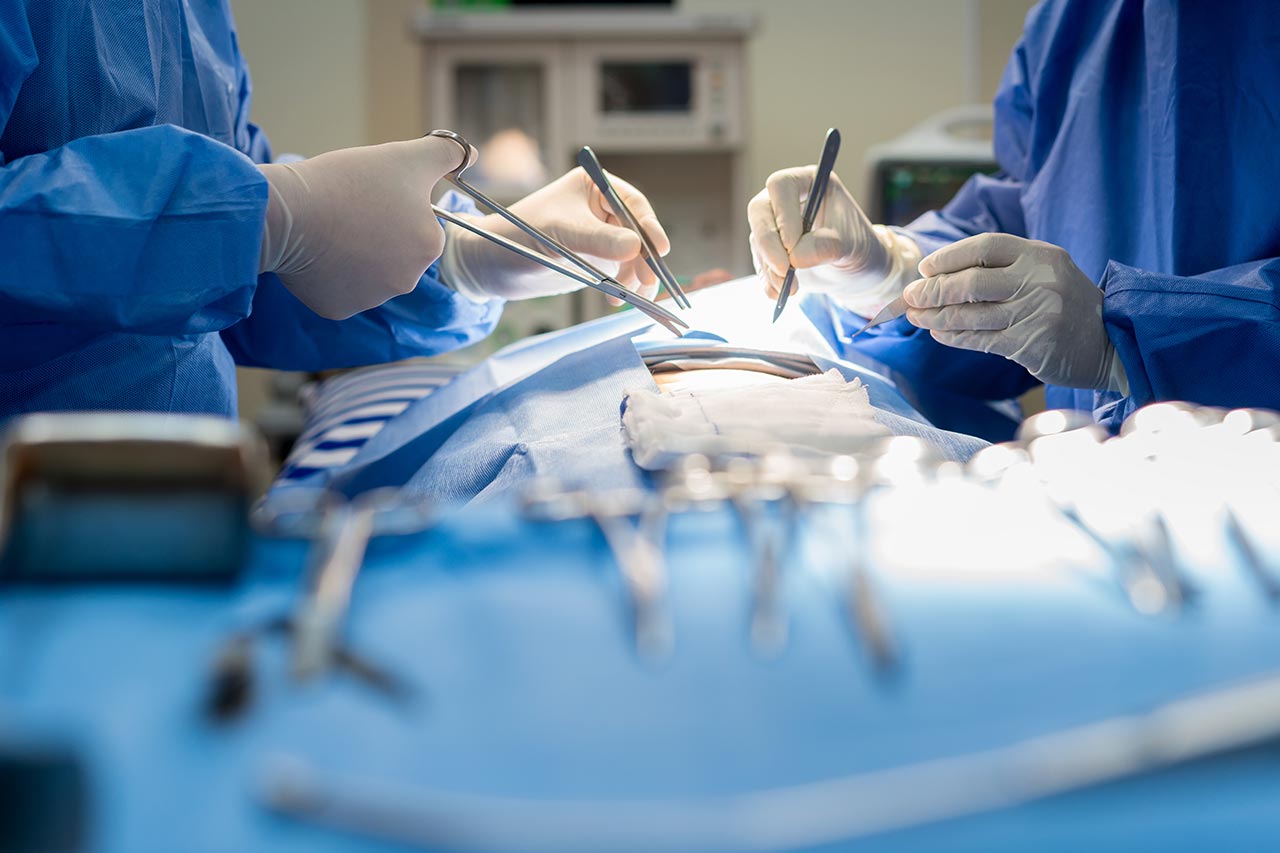Cancer is the second leading cause of death worldwide. The latest numbers from the Global Cancer Observatory presents 18,1 million new cases and 9,6 million deaths. Despite marked improvements in survival rates in recent decades, cancer is leading to a substantial clinical and economic burden which is impacting the welfare of society overall. Moreover, oncology is attracting intense investments in drug and treatment development for new therapies and diagnostics which are affecting the economic burden of cancer. What are the current and future trends within health economics in oncology? This article notably looks at insights into the role of lung cancer as dominant disease indication, leading to a reflection on potential possibilities.
What are the current and future trends in health economics in oncology?
The economic burden of cancer is a broad and substantial topic. Direct costs involve treatment, care, and rehabilitation expenditures. Indirect costs include morbidity costs covering productivity loss due to missed work and mortality costs covering premature death. Important hidden costs to mention are health insurance premiums and nonmedical expenses such as housekeeping assistance, transportation, child or elder care, wigs, make-up, etc. The exact global economic burden is unknown but accounts for hundreds of billions of dollars yearly. What we know, is that the economic burden of cancer is substantial in all countries affecting patients, healthcare systems, and societies.
Expected overall increase of the economic burden of cancer
According to estimates from American Cancer Society, the global cancer burden is expected to grow to 27,5 million new cancer cases and 16,3 million deaths by 2040. This is an increase of respectively ~50% and ~75% compared to the Global Cancer Observatory’s latest numbers from 2018.
The economic burden of cancer is expected to increase due to the increased numbers of new cases and deaths as a result of an aging and growing population and also on account of a surge in health care expenditure, advancements in technology and lost productivity. Moreover, if increasing risk factors such as smoking, unhealthy diet, and physical inactivity, in economically transitioning countries are not tackled, the economic burden is expected to increase further.
Growth in the cancer diagnostics and therapeutics market
The increase of the economic cancer burden is expected to continue the growth in the market for cancer diagnosis and treatment products. The size of the global cancer therapeutics market was valued at ~$100 bn in 2018 and is estimated to reach at ~$180 bn by 2026, registering a CAGR of 7.7% from 2019 to 2026. This market involves the treatment of cancer through oncology drugs and chemotherapy. The key enhancing factors in the growth of the therapeutic market are the prevalence increase, earlier diagnosis rates, growth of geriatric cases, rise in collaborations between pharmaceutical companies, and surge in cancer research. Examples of factors restraining the market growth are high costs in drug development and adverse effects associated with cancer therapeutics such as undesirable outcomes in usage of drugs for cancer pain management.
Higher costs due to increased hospitalization and loss of productivity
Extensive hospitalization of cancer patients and associated costs, accounts for the largest portion of the economic burden of cancer. This includes the cost of new, more advanced, and more expensive cancer therapies being adopted as standards of care. More patients are receiving surgery and adjuvant therapy with rising prices leading to the statistically significant increase in costs of initial cancer treatment. Higher hospitalization rates come along with the burden of lost productivity due to morbidity and premature death from cancer and plays a crucial role as well. It reflects nearly 60% of the total economic burden associated with cancer in European Union countries.
What should we pay particular attention to?
The global impact of lung cancer
Due to the poor prognosis of lung cancer worldwide, it is one of the most common and serious cancer types being ranked number 1 based on mortality. The lung cancer segment is perceived as lucrative due to its high prevalence, a surge in the usage of cancer pain killers, and the latest advanced diagnostic technologies and techniques. Based on disease indication, the lung cancer segment accounted for the major stake of the cancer pain market in 2019 and is expected to grow. Further, lung cancer is accountable for the greatest loss of earnings at $21.3 bn (22.5% of all cases) in the US in 2019.
Which opportunities exists?
The economic burden of cancer can be tackled in many different ways. There is a growing need for economic modelling due to the ever-rising cost of cancer care. To avoid further increases in the economic burden, an approach could be focusing on economically transitioning countries and tackling the increasing risk factors such as smoking, unhealthy diet, and physical activity.
Further, prevention and early detection efforts, and a more efficient targeting of costly therapies along with a close monitoring of the rising numbers of pipeline drugs could support a decrease in cancer treatment costs. It is important not to forget the increased need and interest for personalized medicine and care when moving forward, as these treatment options have a positive impact on QoL and can help to reduce productivity losses.
It is also crucial to monitor the technological and innovative development within cancer care such as the use of telemedicine, online information and communication portals, new wearable sensor technologies for vital signs monitoring and the use of computer algorithms. This has already advanced the identification of cancer or cancer-related genetic mutations in CT scans for earlier detection and easier choice of best suitable treatment strategies.
These focus points are especially crucial for lung cancer and should be applied along with a prioritization of new strategies for lung cancer prognosis, appreciating that lung cancer cases are increasing among women and in high-population countries such as China.
A lot of opportunities exist to tackle the medical needs and economic burden of cancer, Alcimed will keep you updated.
About the authors
Josefine, Consultant, and Volker, Great Explorer Oncology in Alcimed’s Healthcare team in Germany



